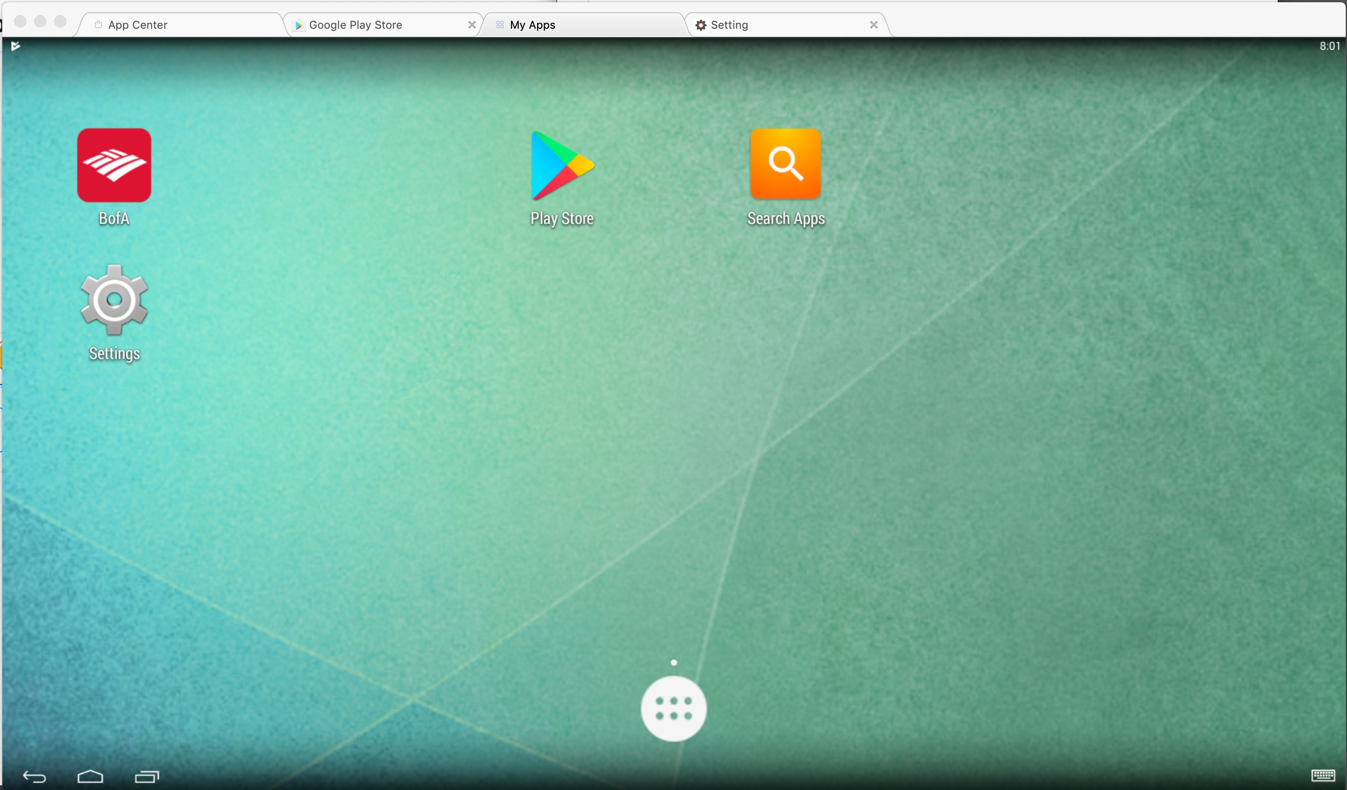
There are no ads in this search engine enabler service. GitHub blocks many GitHub Wikis from search engines. ℹ️About GitHub Wiki SEE, a search engine enabler for GitHub Wikis as There are five alternatives to socat for Linux, Mac, Windows, Chrome OS and BSD. ⚠️ ** Fallback** ⚠️ 🗂️ Page Index for this GitHub Wiki While you may also have firewalling available by other means, socat still offers additional advantages over netcat for long running applications such as this kiosk. Socat also provides ACL based security to prevent connections from IPs other than your log data source machine. Line buffering causes the data to flow as it becomes available, and only in complete lines. Socat is used to govern the exchange of data between the X11 QGIS application in the container, and the display screen of the MacBook.

Next, a utility called socat is installed, again with homebrew. Worse, the lines get cut off in the middle, providing an incomplete data input line. Next, we need to install the Xquartz utility with homebrew, Apples version of the X server. Without line buffering and other efforts above to avoid buffering, the data lines are held back for at least 4K chunks, creating lengthy boring waits to the live display. Script -qc /dev/null tail -n3 -Ff pipen2mal4s|mal4s -load-config nf Script -q /dev/null tail -n3 -Ff pipen2mal4s|mal4s -load-config nf Socat -u TCP4-LISTEN:20000,allow-table=mal4s.acl,reuseaddr,fork OPEN:/Users/youruser/mal4s/pipen2mal4s,creat,append Set up a socat listener on a high port (and configure your router to forward that port to the kiosk machine): or a pseudo terminal), a socket (UNIX, IP4, IP6 - raw, UDP, TCP), an SSL socket, proxy CONNECT connection, a file descriptor (stdin etc. Each of these data channels may be a file, pipe, device (serial line etc. If you don't have brew, it is easy to get: and far less hassle than macports. about - socat is a relay for bidirectional data transfer between two independent data channels. We also need the socat (SOcket CAT) utility to relay the X11 connections to XQuartz. docker run -e DISPLAYYOURIPHERE:0 danielzt12/dude:VERSIONNUMBER. brew install Caskroom/cask/xquartz The installation will require that you log out and log back in (or reboot). 3 check your ip with ifconfig en0 (or en1 in my case), and put it in the DISPLAY environment variable.

Install socat (a more featureful, stable, robust alternative to the built in netcat) 2 install xquartz, open preferences, go to security and turn on allow connections from network clients. It appears to install smoothly also under RedHat Linux. Save the file in the path where you will be placing the mal4s configuration files such as /opt/mal4s For socat, the old version 1.31 is used an rpm is still distributed with recent OpenSuSE versions (confirmed for OpenSuSE 10.1 in suse/i586/yodl-1.31.).


 0 kommentar(er)
0 kommentar(er)
